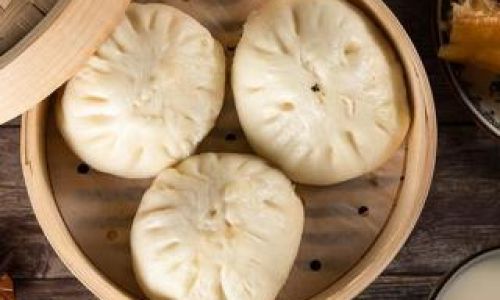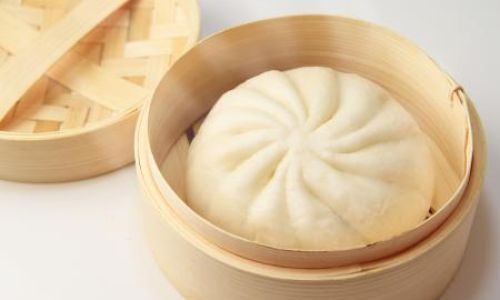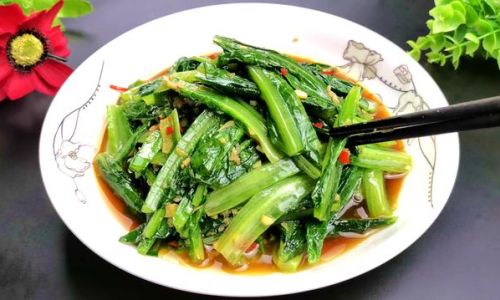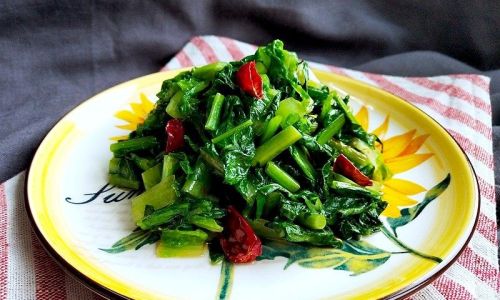Table of content
Steaming buns, or baozi as they are known in Chinese cuisine, is a culinary practice that bridges tradition and technique. These delicate, doughy pockets of flavor, filled with everything from savory meats to sweet bean paste, require precision in their preparation. One question that often perplexes both novice cooks and seasoned chefs alike is: How long should buns be steamed after they are already cooked? This article delves into the science, culture, and practical steps behind achieving the ideal texture and flavor when reheating or refreshing steamed buns, ensuring they emerge from the steamer pillowy-soft and irresistibly aromatic.
The Science of Steaming
Steaming is a gentle cooking method that relies on vaporized water to transfer heat to food. Unlike frying or baking, which use direct heat, steaming preserves moisture, nutrients, and delicate flavors. For buns, this means the dough remains tender while the filling cooks evenly. However, the challenge lies in balancing time and temperature to avoid overcooking, which can lead to gummy interiors, or undercooking, resulting in raw, dense patches.
When buns are initially cooked, they undergo a transformation: yeast (if used) ferments, creating carbon dioxide that expands the dough, while gluten relaxes, allowing the structure to set. Once cooked, reheating requires a different approach. The goal is not to cook the bun anew but to revive its warmth and softness without altering its texture.

Factors Influencing Steaming Time
The duration for which buns should be steamed post-cooking depends on several variables:
-
Size and Thickness:
- Smaller buns (e.g., xiaolongbao, soup dumplings) require 3–5 minutes.
- Larger buns (e.g., dabao, stuffed with meat or vegetables) need 6–8 minutes.
- Thicker-skinned buns, such as those made with whole wheat flour, may need an additional 1–2 minutes.
-
Filling Type:
- Vegetarian fillings (e.g., cabbage, mushrooms) heat faster than meat-based ones (e.g., pork, chicken).
- Cold fillings, such as custard or red bean paste, may require extra time to ensure even warming.
-
Storage Conditions:
- Refrigerated buns (stored for 1–2 days) need 5–7 minutes.
- Frozen buns require 8–10 minutes, with an extra 2 minutes if steaming directly from frozen.
-
Steamer Material:
- Bamboo steamers retain moisture better but may extend cooking time slightly.
- Metal steamers conduct heat more efficiently, reducing steaming duration.
-
Altitude:
At higher elevations, lower boiling points of water may necessitate longer steaming times.
Step-by-Step Guide to Steaming Buns
Preparation
- Thawing (if frozen): Transfer frozen buns to the refrigerator 6–8 hours before steaming or use a microwave’s defrost setting for 1–2 minutes.
- Spacing: Arrange buns in a single layer on parchment paper or cabbage leaves to prevent sticking. Leave 1–2 inches between each bun to allow steam circulation.
Boiling Water
- Fill the steamer’s base with 2–3 inches of water. Avoid overfilling, as boiling water should not touch the buns directly.
- Bring water to a rolling boil over high heat. This ensures immediate heat transfer once the steamer is covered.
Steaming Process
- Place the bamboo or metal steamer basket over the boiling water.
- Cover with a lid slightly ajar to release excess moisture, preventing sogginess.
- For refrigerated buns: Steam for 5–7 minutes (small) or 7–9 minutes (large).
- For frozen buns: Steam for 8–10 minutes (small) or 10–12 minutes (large).
Resting Period
- Turn off the heat and let the buns rest in the steamer for 1–2 minutes. This allows residual heat to distribute evenly, avoiding sudden temperature drops that could toughen the dough.
Common Mistakes to Avoid
-
Oversteaming:
Excessive time breaks down gluten, leading to a gummy texture. Use a timer and adhere strictly to recommended durations.
-
Understeaming:
Insufficient heat leaves the center cold. Test doneness by gently pressing a bun’s side—it should spring back immediately.
-
Cold Water Start:

Adding buns to cold water and then heating results in uneven cooking. Always pre-boil the water first.
-
Overcrowding:
Overlapping buns block steam circulation, causing uneven heating. Use multiple steamers if necessary.
Advanced Tips for Perfect Buns
-
Humidity Control:
- In dry climates, wrap the steamer lid with a clean kitchen towel to absorb condensation.
- In humid areas, reduce steaming time by 1–2 minutes.
-
Flavor Enhancement:
Add a slice of ginger or a pandan leaf to the steaming water for a subtle aromatic note.
-
Reheating Leftovers:
Refrigerated buns can be revived in a microwave (10–15 seconds on high) but may lose some texture. Steaming is always preferable for quality.
Cultural Significance of Steamed Buns
In Chinese culture, steamed buns are more than sustenance—they symbolize prosperity and unity. During festivals like the Lunar New Year, families gather to craft niangao buns, whose round shape mirrors the full moon, signifying completeness. Mastering steaming techniques honors this legacy, ensuring each bun is a testament to care and precision.
Conclusion
The art of steaming buns is a dance of patience and observation. While the exact timing varies based on size, filling, and storage, adhering to guidelines—5–7 minutes for refrigerated buns and 8–12 minutes for frozen ones—yields consistently delightful results. Remember, the goal is warmth without compromise, softness without sogginess. Whether you’re a home cook or a culinary enthusiast, understanding the nuances of steaming transforms a simple bun into a culinary masterpiece. So, the next time you crave a baozi, let the steam rise, set your timer, and savor the reward of a perfectly executed tradition.





0 comments